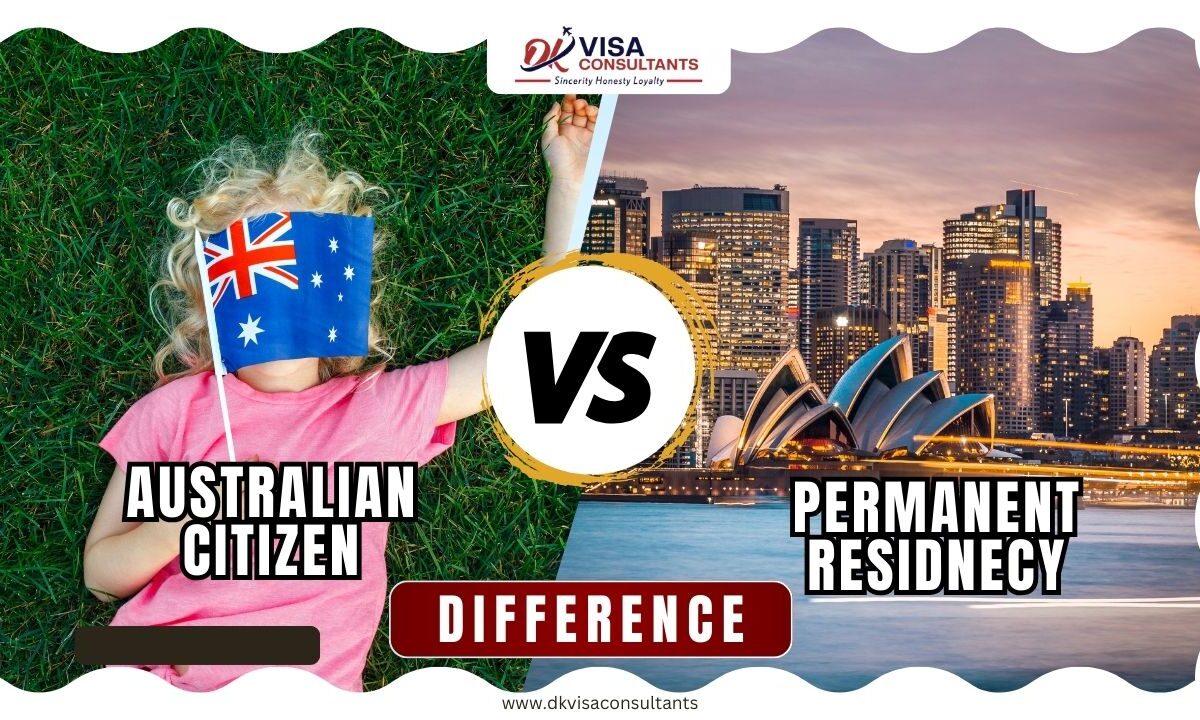Due to the number of options available, international students from all over the world desire to studying abroad. In order to raise their living standards and pursue better professional opportunities. Students who pursue higher education overseas can also expand and advance their job prospects. Surveys indicates that in 2024, about 13 lakh Indian students were studying overseas.
Making the list of the documents needed to study abroad is one of the most important things to think about before beginning the educational journey. Read the blog to know about the essential documents required for studying abroad.
Documents for Studying Abroad
Below is the list of documents required for studying abroad:
1. Valid Passport
A valid passport is the primary identification document when traveling abroad. It must be valid for at least 6 months from planned date of arrival in the destination country. Ensure that student passport has enough blank pages for the visa and entry stamps.
2. Admission Letter/Offer Letter from University
After getting accepted into an overseas institution, they will need the admission or offer letter. This document confirms their enrollment in the course candidate applied for and is vital for the student visa application. Ensure the offer letter includes key details such as their course start date, duration, and the name of the institution.
3. Student Visa Application Form
Each country requires a specific student visa application form that needs to be filled out accurately. Students need to complete the application form online or on paper as per the requirements of the country individual applying to.
4. Academic Transcripts and Certificates
Academic history plays a crucial role in their study abroad application. Universities typically require applicant previous educational certificates (such as high school diploma or bachelor’s degree) and official transcripts to assess your eligibility. Be sure to have certified copies of these documents.
5. Proof of English Proficiency
Most international institutions require proof of student English language proficiency, especially if they are applying to an English-speaking country. Tests like IELTS, TOEFL, or PTE are commonly accepted. Some universities may also accept alternatives or conduct their own language proficiency tests.
6. Statement of Purpose (SOP)
The Statement of Purpose is a personal essay where students explain why they want to study abroad, career goals, and why applicant chose a particular university and course. This document is crucial in helping universities assess their motivation, academic interests, and goals. It is an essential part of the application process.
7. Recommendation Letters
Most universities will ask for one or more recommendation letters from teachers, professors, or employers. These letters serve as references to vouch for student academic abilities and character. Ensure that applicant recommenders write personalized and strong letters that reflect individual strengths.
8. Financial Proof/Bank Statements
To demonstrate that applicant have enough financial resources to support their education and stay abroad, they will need to provide proof of financial stability. This can include bank statements, affidavits of support from family members, or scholarship offer letters. It’s important to meet the financial requirements of the country applicants are applying to.
9. Visa Photographs
A set of passport-sized photographs that meet the specific visa application standards is required for their student visa application. Ensure that their photos adhere to the requirements such as background color, size, and quality.
10. Health Insurance
Some countries require international students to have health insurance during their stay. Applicant may need to provide proof of health insurance coverage or purchase insurance as per the regulations of the destination country.
11. Visa Fees
Depending on the country and the type of visa, there may be an application fee that students need to pay. Make sure to keep a record of the payment, as they may be asked to submit proof of payment along with their other documents.
Document Requirements by Country
It’s important to recognize early on that each country has different documentation needs.
1. The United States
- Receipt for SEVIS Fee: For student visas, this document is crucial.
- The DS-160 Verification: The online application is required for non-immigrant visas.
2. Canada
- Evidence of Funds: An investment certificate that is guaranteed is necessary. It shows how stable your finances are.
- Application for a Study Permit: To get access into Canada, individuals must fill out this form.
3. The United Kingdom
- Confirmation of Acceptance for Research, or CAS: This document is provided by the UK university to bolster their visa application.
- Results of the Tuberculosis Test: Students from specific nations require this test score.
4. Australia
- International Student Health Insurance: Indian students must complete this document.
- Statement of a Genuine Temporary Entrant (GTE): Reason for temporarily studying in Australia is explained in this document.
How to Arrange Documents for Studying abroad
1. Make a Checklist for Study Abroad Documents
Create a thorough checklist that includes financial, legal, and academic documentation. Track progress with this to stay on top of deadlines.
2. Confirm Document Needs
Every program or university may have different requirements. Make sure students are submitting precisely what is requested by carefully reading their directions.
3. Electronic vs Hard Copy
Although digital submissions are preferred by many universities, some could still need printed copies. Arrange both formats in a methodical manner.
4. Make Use of a Secure Delivery Method
Use trustworthy courier services when sending tangible papers to prevent loss or delays.
Avoid Common Errors
- Not meeting deadlines: Submissions received after the deadline may be rejected.
- Ineffective Originals Management: Unless specifically requested, send only confirmed copies and keep originals safe.
- Applications that are not complete: Make sure to complete the necessary fields and include all the attachments.
- Invalid Passport: Student passport ought to be valid. Otherwise, renew it right away.
- Uncertified Interpretations: Get an English-speaking professional to translate your non-English documents.
Conclusion
Securing the right documentation is one of the most important steps in ensuring your study abroad journey is smooth and hassle-free. By gathering the required documents early and seeking professional guidance from experts like DK Visa Consultant, you can avoid unnecessary delays and setbacks.
Our team is here to assist you every step of the way, ensuring you have everything in order to successfully pursue your study abroad dream.
FAQ
Q1. What is the processing time for a student visa?
Ans: Processing time varies by country, but typically it takes anywhere from 2 weeks to 2 months. It’s best to apply well in advance to allow enough time for any additional documentation or interviews.
Q2. Do I need to take the TOEFL or IELTS exam?
Ans: English language proficiency tests like TOEFL or IELTS are commonly required for non-native English speakers. Some universities may waive this requirement if you have studied in an English-medium institution previously.
Q3. Can I apply for a student visa without securing admission to a university first?
Ans: No, a valid offer or admission letter from a university is typically required to apply for a student visa. You need to prove that you’ve been accepted into an educational institution before you can apply for a student visa.
Q4. Can I work while studying abroad on a student visa?
Ans: Most countries allow international students to work part-time while studying, but the number of hours you can work may vary depending on the country and visa regulations. Make sure to check the specific guidelines for your destination country.
Q5. Do I need to show proof of accommodation when applying for a student visa?
Ans: In most cases, you will need to show proof of accommodation arrangements (either university-provided or personal) as part of your student visa application.







